 My new favorite perennial plant is Verbena bonariensis, also known as Purpletop Vervain. I planted it in mass on one side of my courtyard next to my olive trees and white iceberg roses, and I have really been enjoying it. It is very low maintenance with high "plant appeal."
My new favorite perennial plant is Verbena bonariensis, also known as Purpletop Vervain. I planted it in mass on one side of my courtyard next to my olive trees and white iceberg roses, and I have really been enjoying it. It is very low maintenance with high "plant appeal."
It is native to South American and has naturalized in California. It does best in USDA Zones 6-10, prefers sun, and little water. It is a tall structural plant, 4'-6' high and at least 2' wide at maturity. Yet it has this airy quality which brings lightness and motion to a garden setting rather than density. It has clusters of captivating lavender-hued flowers that bloom prolifically from summer to fall. It is an incredible magnet for butterflies and delightful birds such as hummingbirds and goldfinch as an added bonus. Verbena bonariensis can reseed easily and aggressively, so be careful where you plant it.

There is even a dwarf version called Verbena bonariensis 'Little One' which reaches 18-24" high by 12-18"wide in size. A good source for both of these Verbenas is Cedros Gardens, (tel) (858) 792-8640, in the heart of Solana Beach's Cedros Design District.
Here are some tips for using Verbena bonairensis in your garden. Plant it in mass like I did, either as a background or in a foreground as it has such a nice "see-through" quality. It pairs well planted among roses, as mentioned in Carolyn Parker's everything rose blog, Rose Notes. Since it takes hot and dry conditions very well, think about planting it in your driest garden spots. I planted Verbena bonariensis "Little One' directly in my pea gravel around my water fountain. It looks like a cheery volunteer, yet adds interest and a dab of color. Or plant it in a dry spot along a flagstone pathway for a little bit of a surprise element for those walking by.
Please share if you have Verbena bonariensis in your garden. Please comment on how you have it planted and styled in your garden.
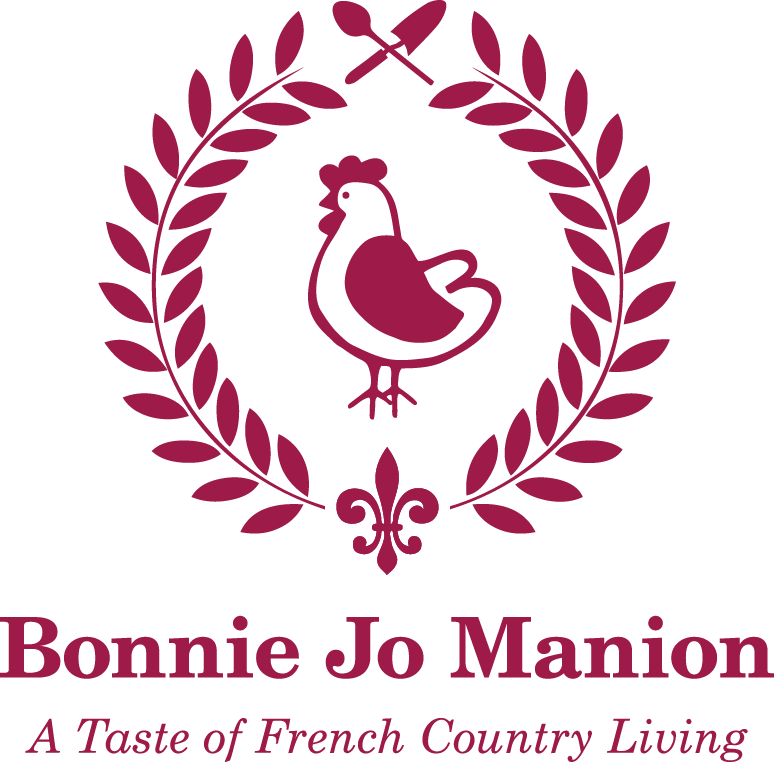
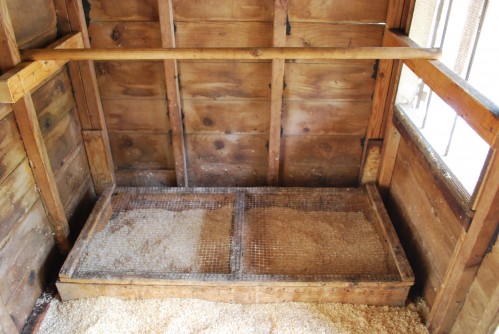 Don't you wish sometimes you could freeze time? Like after you have just finished deep-cleaning your chicken coop. All the cobwebs are swept away, all of the old bedding has been removed, dust and dirt has been vacuumed out, and the entire chicken coop has been sprayed with
Don't you wish sometimes you could freeze time? Like after you have just finished deep-cleaning your chicken coop. All the cobwebs are swept away, all of the old bedding has been removed, dust and dirt has been vacuumed out, and the entire chicken coop has been sprayed with 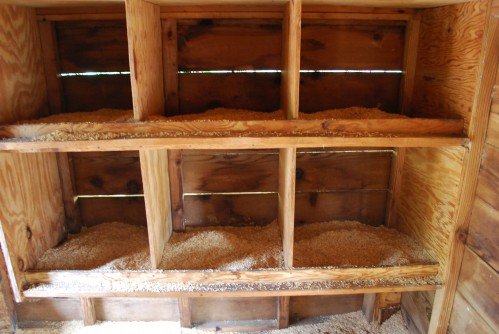 Don't forget about deep cleaning the nesting boxes, too. Keeping your nesting boxes clean, and with clean bedding makes for happy hens. I mention in my new book,
Don't forget about deep cleaning the nesting boxes, too. Keeping your nesting boxes clean, and with clean bedding makes for happy hens. I mention in my new book,  , keeping your chicken coop clean and well-maintained goes a long way in raising happy, healthy, and thriving chickens. How often you have to deep-clean your chicken coop is dependent on many variables such as how big is your flock, what kind of chicken coop set-up you have, and how you manage your routine cleaning.
, keeping your chicken coop clean and well-maintained goes a long way in raising happy, healthy, and thriving chickens. How often you have to deep-clean your chicken coop is dependent on many variables such as how big is your flock, what kind of chicken coop set-up you have, and how you manage your routine cleaning. It is the special time of year in our Syrah vineyard when the grapes begin to show their color and start their verasion process. Grapes turn from green and hard to the touch, to their first blush of color and softer to the touch. Verasion in our vineyard tells us we are about 8 weeks away from our harvest, give or take the ensuing weather leading up to the harvest.
It is the special time of year in our Syrah vineyard when the grapes begin to show their color and start their verasion process. Grapes turn from green and hard to the touch, to their first blush of color and softer to the touch. Verasion in our vineyard tells us we are about 8 weeks away from our harvest, give or take the ensuing weather leading up to the harvest.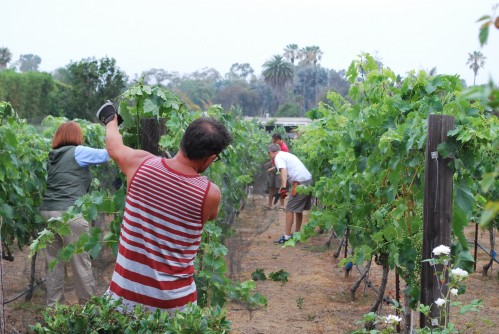

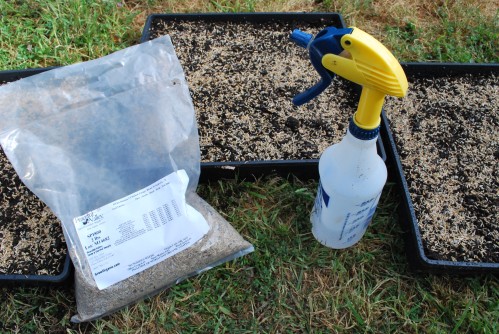
 with coauthor Rob Ludlow of
with coauthor Rob Ludlow of 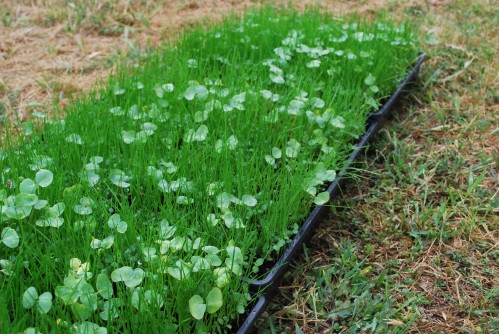
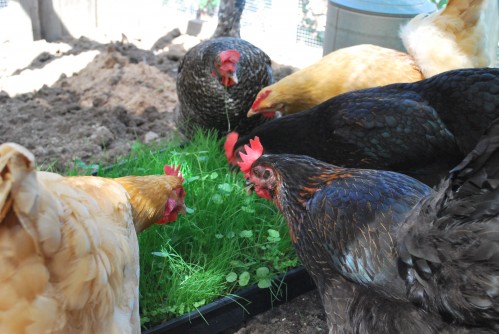
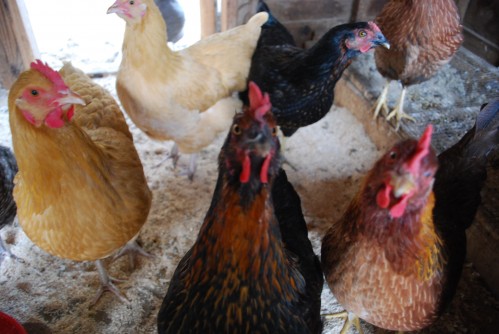
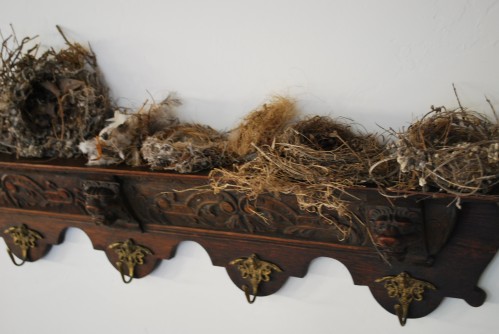

 beautifully illustrates the poignant life story of Lady Bird from her earliest Texas memories finding solace in Texas bluebonnet flowers, to her exciting life in the White House married to Lyndon B. Johnson, and back to her beloved Texas. Her love of flowers was a theme throughout her lifetime, and is a catalyst for her environmental vision of beautifying America's highways with wildflowers.
beautifully illustrates the poignant life story of Lady Bird from her earliest Texas memories finding solace in Texas bluebonnet flowers, to her exciting life in the White House married to Lyndon B. Johnson, and back to her beloved Texas. Her love of flowers was a theme throughout her lifetime, and is a catalyst for her environmental vision of beautifying America's highways with wildflowers.